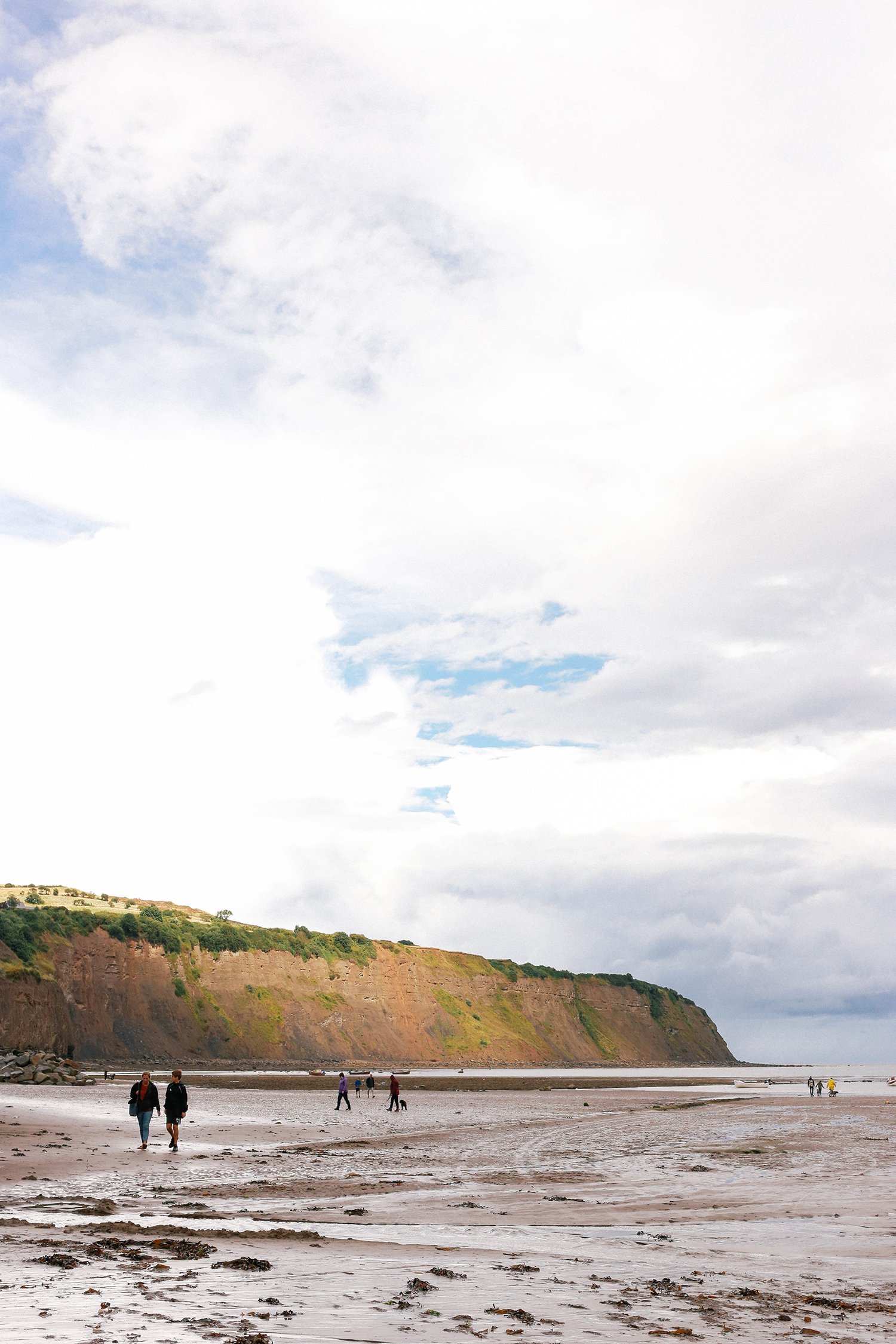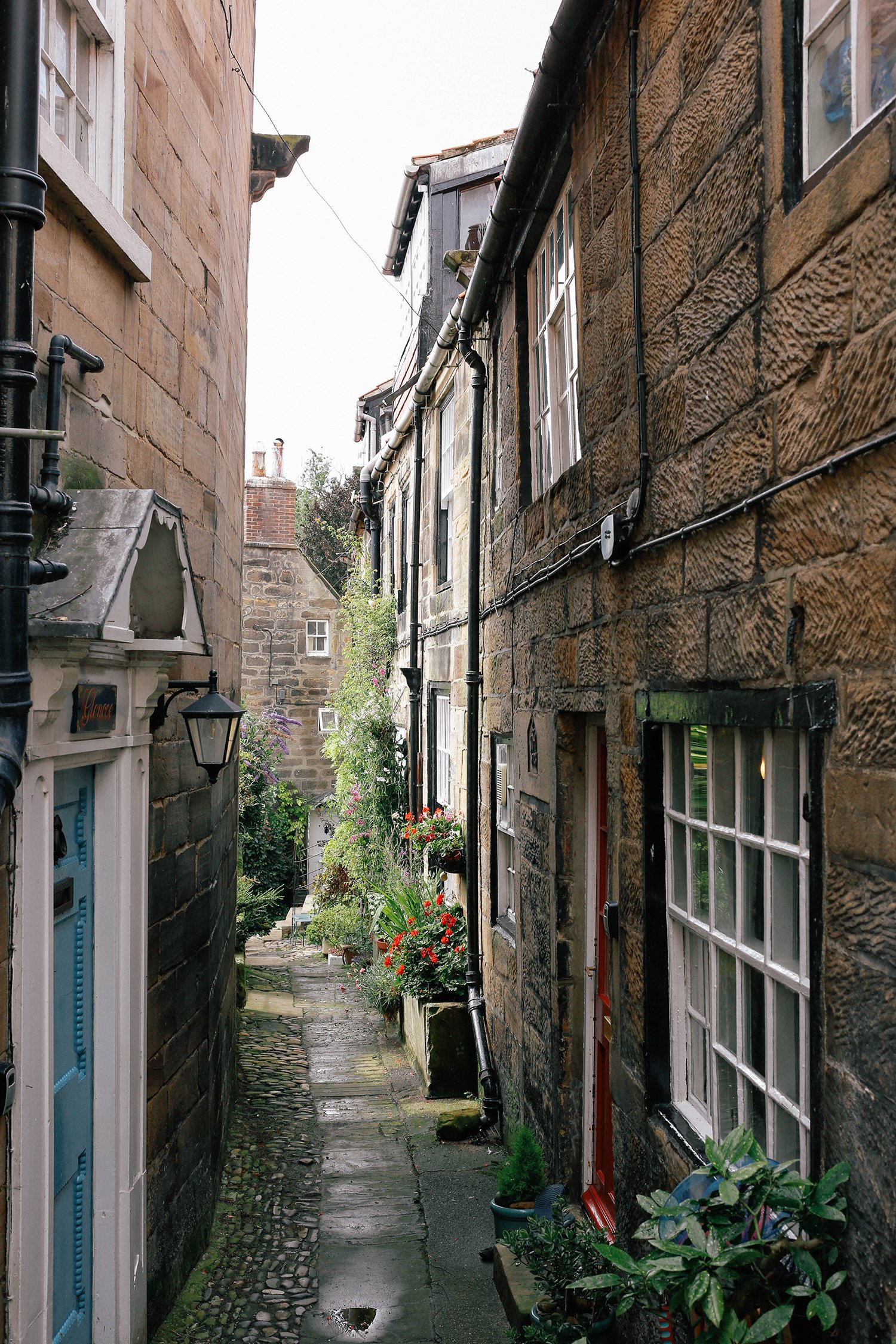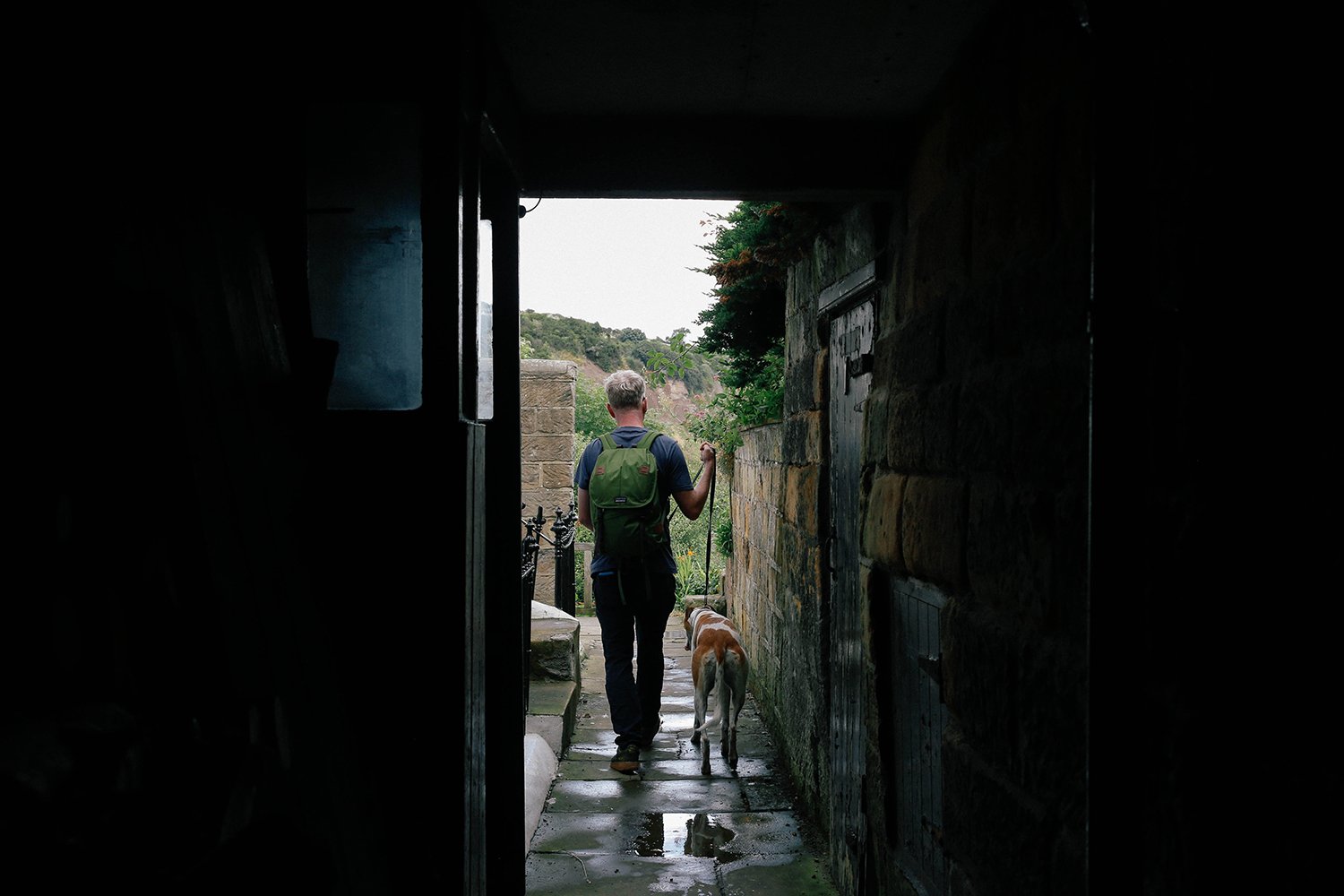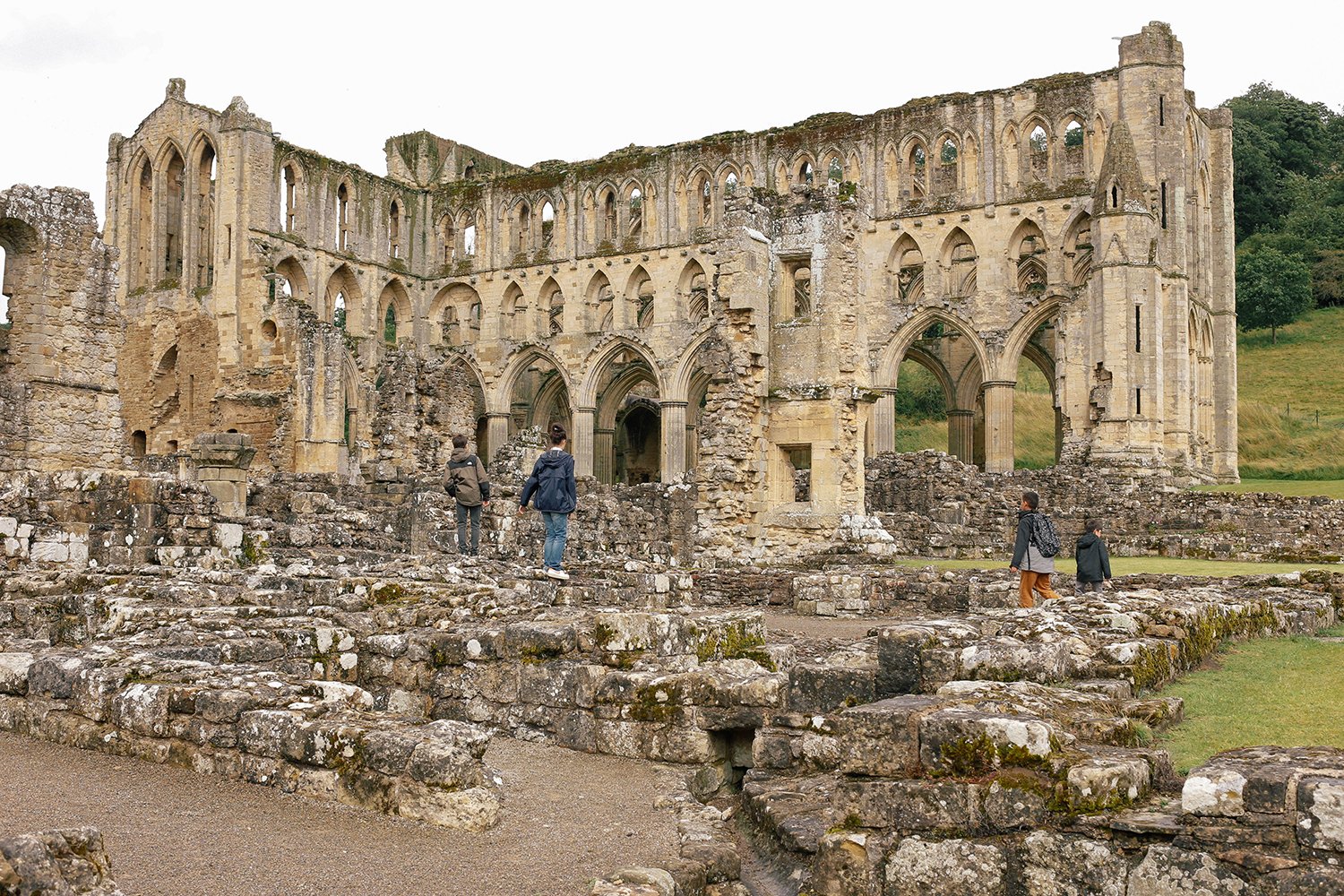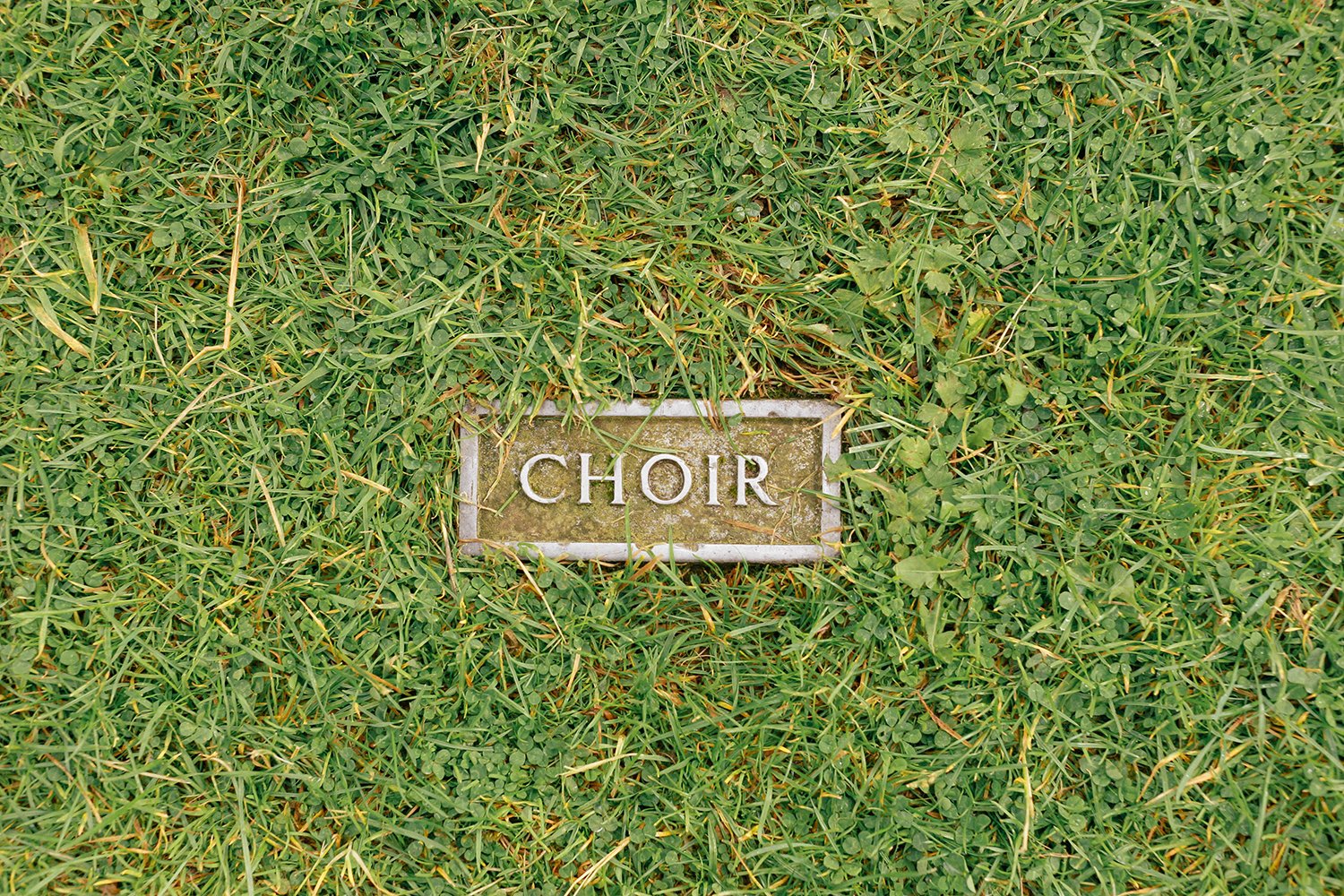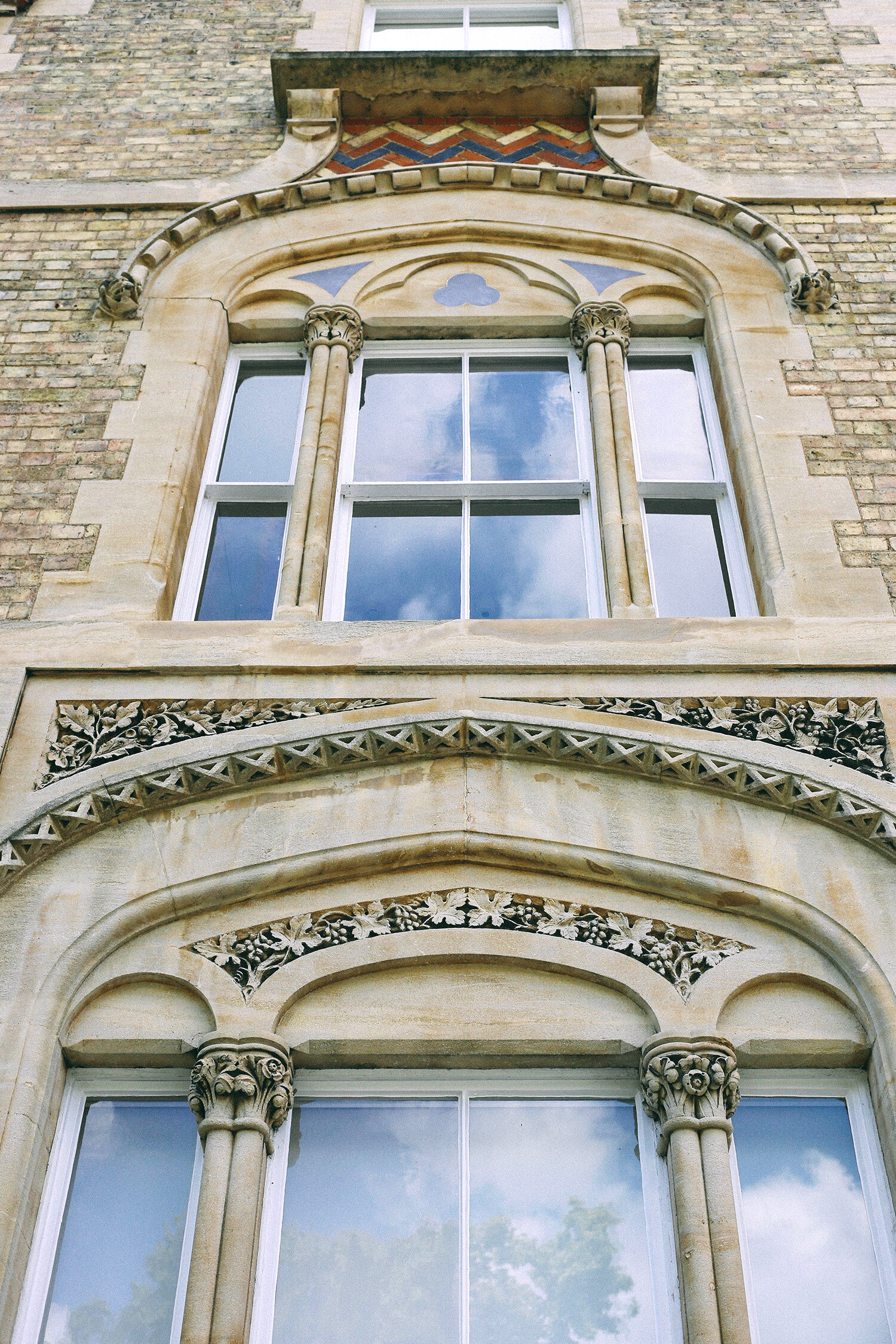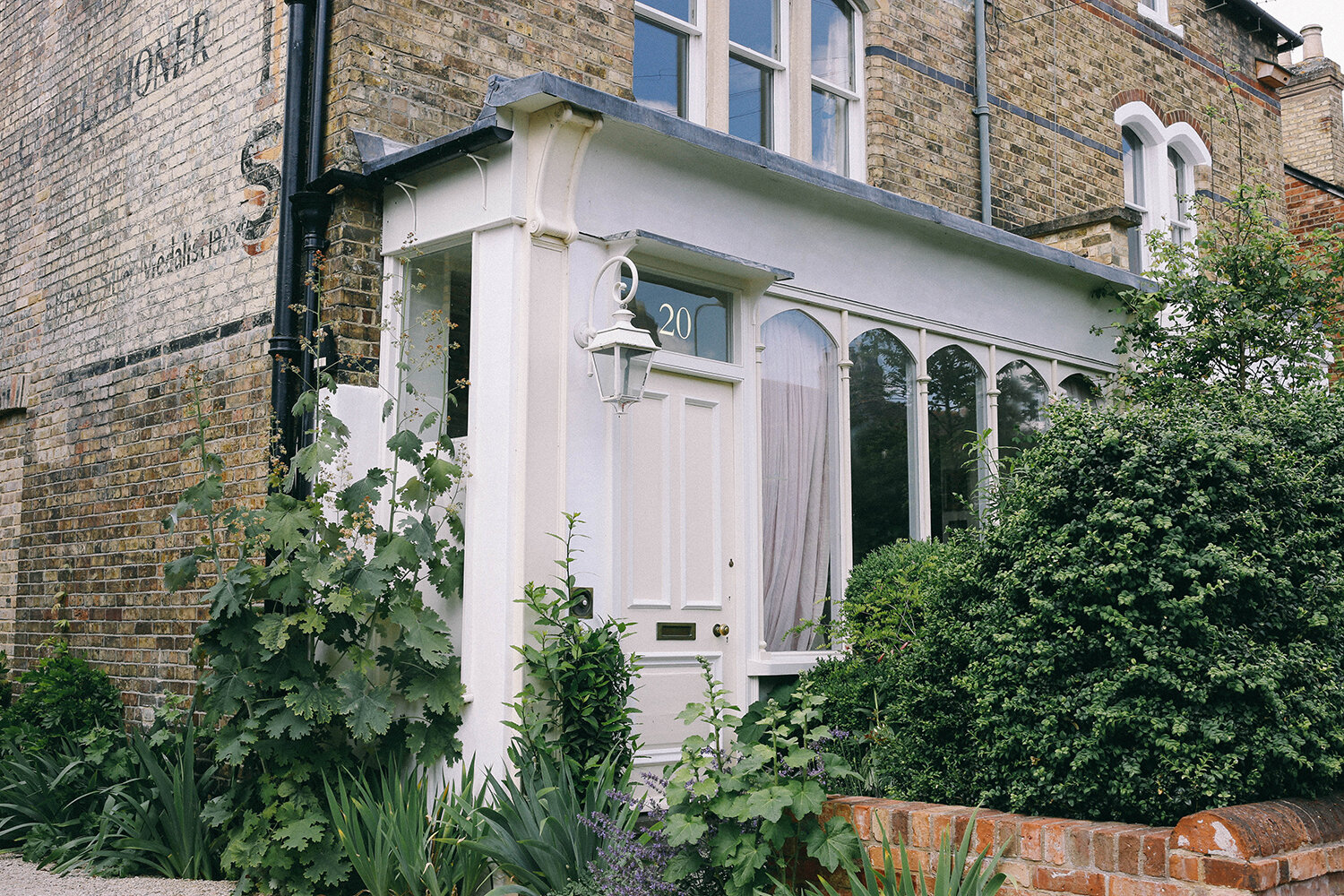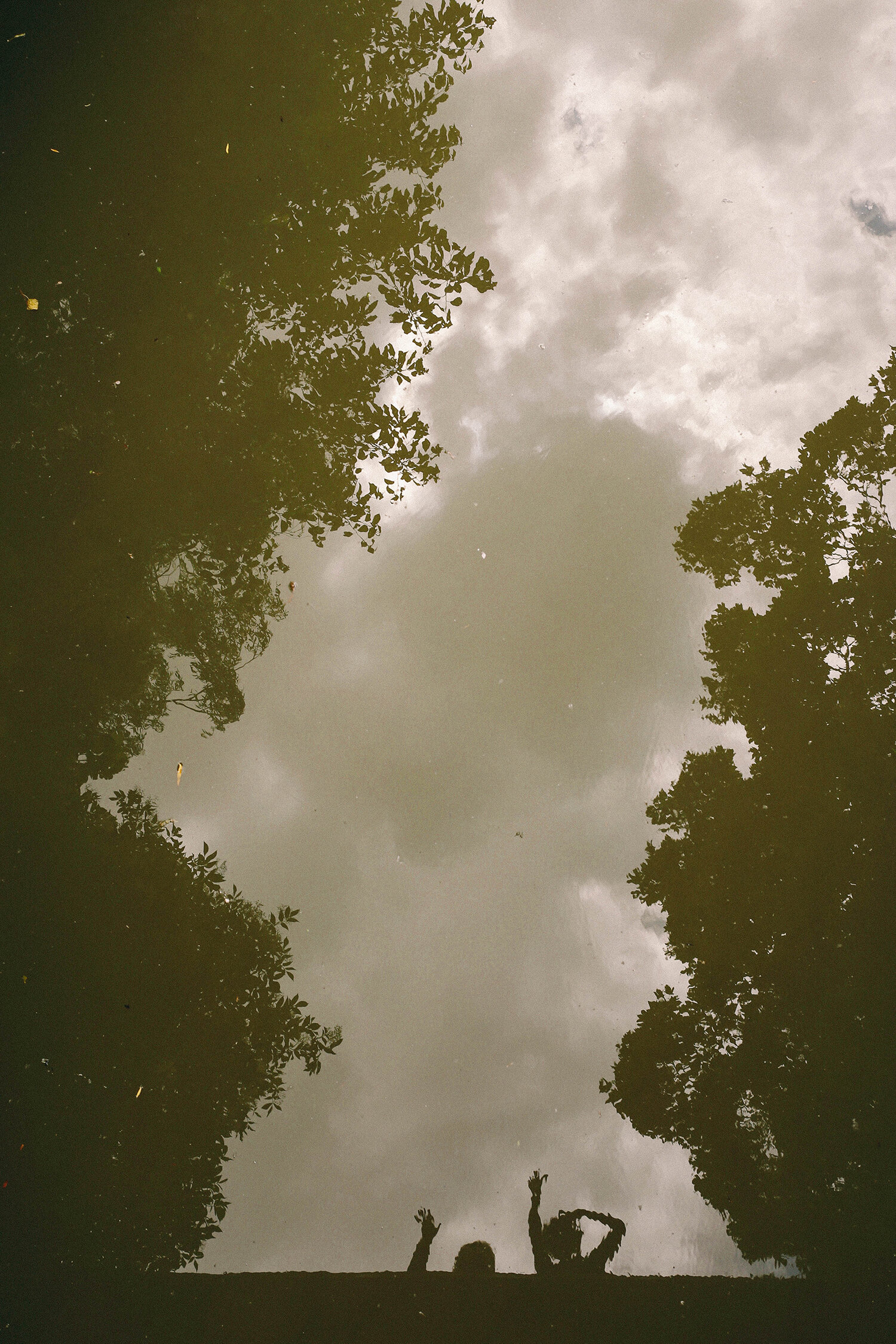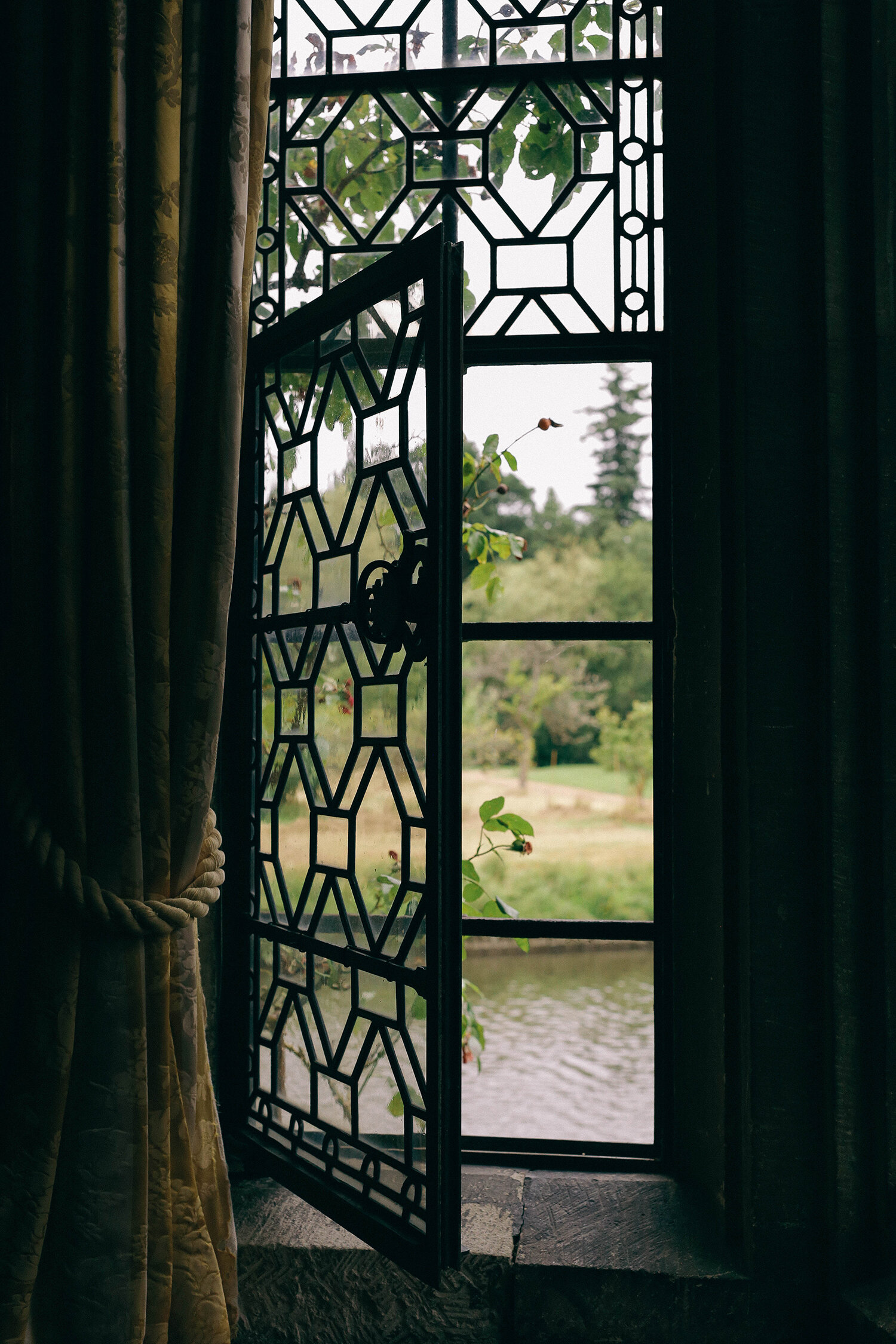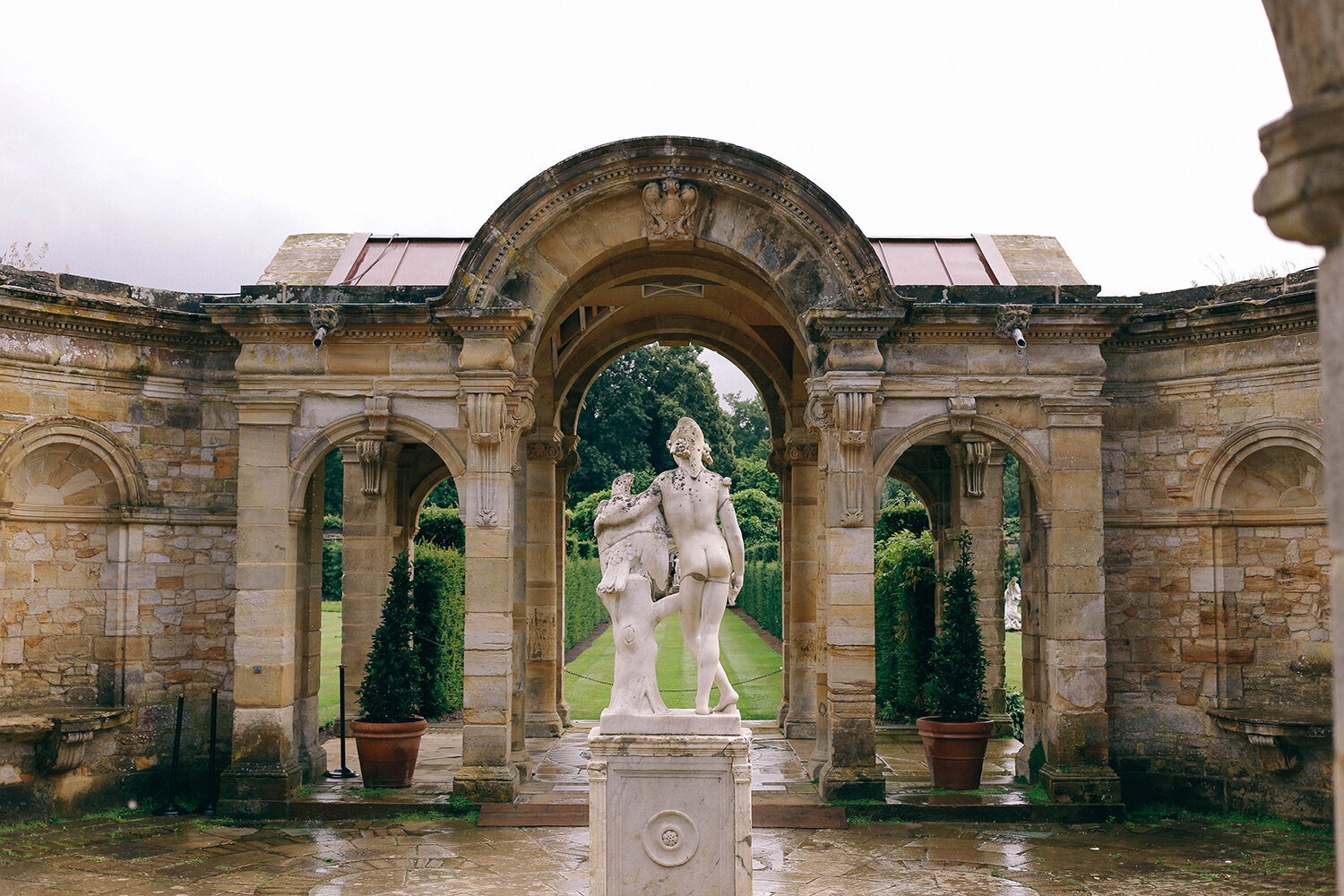In the dock of the bay
Right, time to jump back in time and to our Yorkshire trip in August. Just like the previous recap post about The Kilburn White Horse and Rievaulx Abbey, an episode from Winter Walks made me want to check out Robin Hood’s Bay (if you can watch the episode where you are, Simon Armitage - the Poet Laureate - guides us there on his winter walk; you can see when he arrives at RBH at 23:31min). In the 18th century the village was the busiest smugglers community on the Yorkshire coast. Apparently you could send up a bale of silk from the bottom of the village to the top without it ever leaving the houses, and the reason why will become obvious further on. Its location made it the perfect spot for this line of business, as it was surrounded by marshes on three sides and the sea to the east. It has also been a fishing village but is now home to just 42 people, as 75% of the houses are holiday lets.
It’s ridiculously pretty don’t you think? I’d actually love to come back here in winter and rent a place.
When we arrived we quickly grabbed a table at a café for some snacks, and as we were sitting under a massive parasol waiting in the rain, there was an awful racket. A seagull chick, almost fully grown, was hopping from parasol to parasol, squawking like only a loud seagull can, and at one point it tipped ours so a whole load of water came down the side of it. Luckily none of us got drenched.
Bellies full we headed down to the beach, where the tide was out, to have a little wander. This was the view looking southwards.
And this northwards.
I was not tempted to swim. Too much of a faff afterwards.
But that didn’t stop the kids. Nothing stops kids when you’re at the beach. There’s something in-built that makes them want to dip their toes, or in this case their legs.
Even in the rain. And yes, a Saul Leiter homage is going on right here.
Rae the dog had a go too.
Looks like some nice bit of rock pooling is happening here.
We also went exploring in the village, which meant getting higher up.
A couple of cool crazy fonts on the way.
Talk about being close to your neighbours. Also, no cars. It did make me wonder how the hell you’d get all your shopping home from the supermarket, or all your suitcases and bags to your rental. And what happens if you live here and you’ve bought a new sofa, or if you’re having work done on your house? Maybe that’s when you get your neighbours to help by passing things up and through? Although the village seems too empty for that to work these days.
You must have known your neighbours pretty well back in the day, living this close to them.
Even from up here you can see how narrow the lanes/paths between the houses are.
If I was a painter I’d for sure paint this view. Alas, I’m not, so this will have to do.
Maybe they used pack mules to get stuff into their houses?! That’s it. I will accept that as the answer. You can also imagine how easy it would be to shake off anyone chasing after you, as it’s so much like a labyrinth here, with lots of nooks and crannies to hide in.
So there you go, that’s what our day in Robin Hood’s Bay looked like. There’s a new series out now of Winter Walks, but part of me is thinking that maybe I should save them, in case things here turn worse and we enter a fourth lockdown in a few weeks time. I’d be very surprised if that is what happens, but I’d also not be very surprised if it is. If there’s something I’ve learnt in the past nearly two years, it’s that you never know what’s around the corner (which we actually never ever really knew anyway, we just tend to kid ourselves into thinking that we do know our futures - or we rather did). Well, at least we can always look back, eh?




